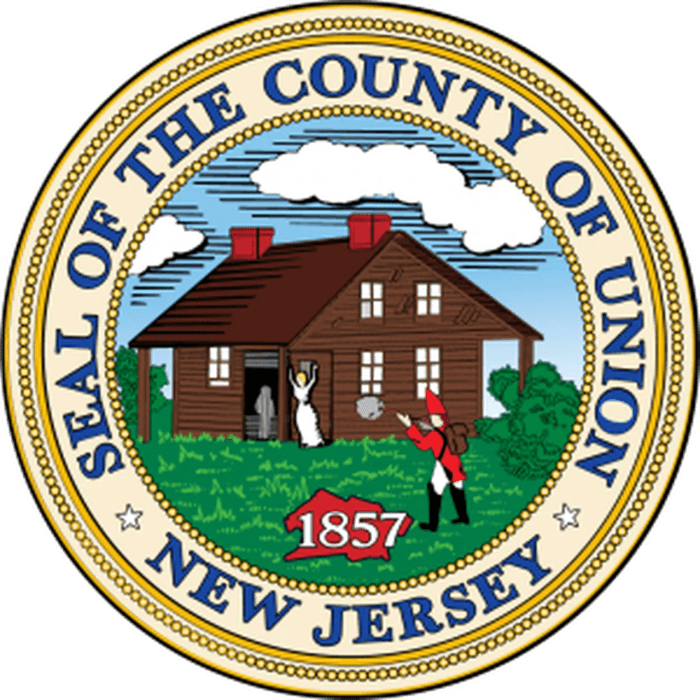Agency fighting for workers rights crossword – The “Agency Fighting for Workers’ Rights Crossword” sets the stage for this enthralling narrative, offering readers a glimpse into a story that is rich in detail and brimming with originality from the outset. This comprehensive guide delves into the intricate world of workers’ rights advocacy, exploring the challenges, successes, and strategies employed by organizations dedicated to protecting the rights of workers.
From the historical evolution of union representation to the legal frameworks safeguarding workers’ rights, this guide provides a thorough examination of the topic. It analyzes the impact of globalization and technological advancements on workers’ rights and explores innovative strategies for overcoming these challenges.
Union Representation in the Workforce

Trade unions play a pivotal role in advocating for workers’ rights by representing their interests and negotiating with employers on their behalf. They have a long history of securing workers’ rights, from fair wages and working hours to health and safety protections.
Successful union campaigns include the establishment of the 8-hour workday in the late 19th century and the passage of the Fair Labor Standards Act in 1938, which set minimum wage and overtime pay standards.
Legal Frameworks for Workers’ Rights: Agency Fighting For Workers Rights Crossword

National and international laws form the legal basis for protecting workers’ rights. Key laws include the Universal Declaration of Human Rights, the International Labour Organization’s conventions, and national labor laws.
Enforcement mechanisms vary depending on the jurisdiction but may include government agencies, labor courts, and arbitration tribunals. Governments play a crucial role in upholding workers’ rights through enforcement and policy-making.
Challenges Faced by Workers’ Rights Advocates
Workers’ rights advocates face various obstacles, including:
- Employer resistance and anti-union campaigns
- Globalization and the outsourcing of jobs
- Technological advancements that automate tasks and reduce the need for human labor
Overcoming these challenges requires collaboration, strategic organizing, and innovative approaches.
Case Studies of Agencies Fighting for Workers’ Rights

Numerous organizations are dedicated to protecting workers’ rights. Examples include:
- The National Labor Relations Board (NLRB) in the United States
- The International Trade Union Confederation (ITUC)
- Human Rights Watch
These organizations employ various strategies, including legal advocacy, public campaigns, and international cooperation.
Future Trends in Workers’ Rights Advocacy

Emerging issues and trends will shape the future of workers’ rights advocacy:
- The rise of the gig economy and non-traditional work arrangements
- The increasing use of artificial intelligence and automation in the workplace
- The impact of climate change on labor markets
Technology and social movements will play a significant role in shaping these trends, requiring advocates to adapt and develop new strategies.
FAQ Overview
What is the role of unions in workers’ rights advocacy?
Unions play a pivotal role in advocating for workers’ rights by collectively bargaining for better wages, working conditions, and benefits. They provide a voice for workers, ensuring that their concerns are heard and addressed by employers and policymakers.
What are some key international laws that protect workers’ rights?
The International Labour Organization (ILO) has adopted numerous conventions and recommendations that set minimum standards for workers’ rights, including the right to freedom of association, the right to collective bargaining, and the right to a safe and healthy working environment.
What are some common obstacles to workers’ rights advocacy?
Workers’ rights advocates often face obstacles such as employer resistance, government inaction, and globalization, which can lead to the erosion of workers’ rights and the exploitation of vulnerable workers.